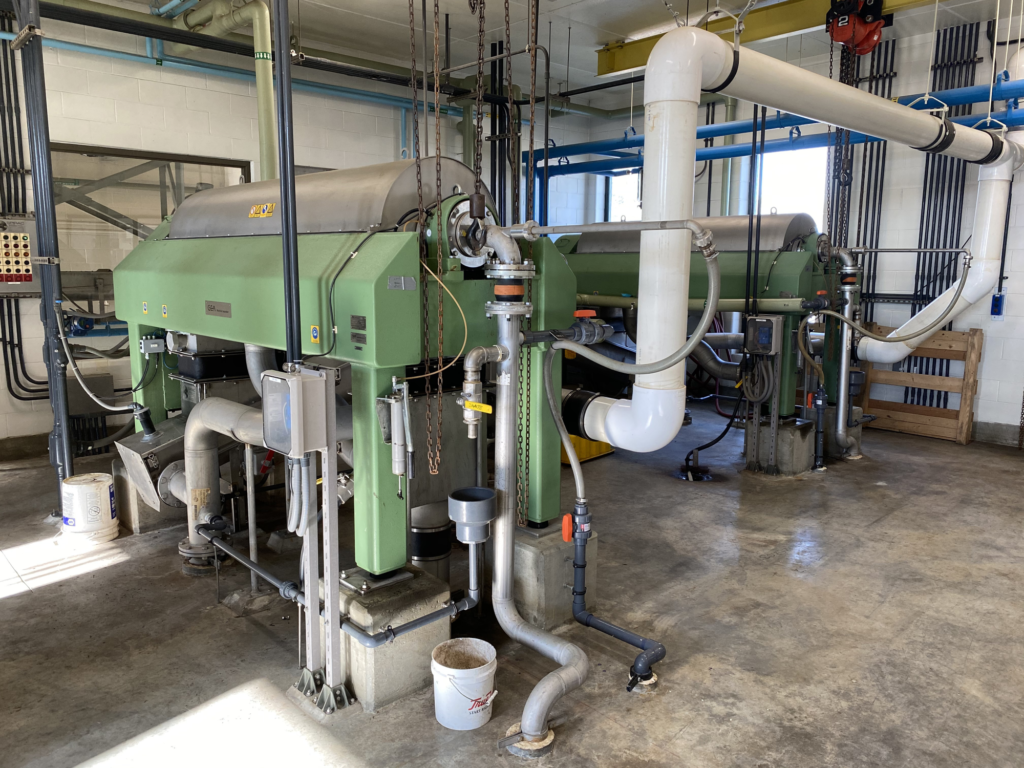Wastewater treatment facilities are critical for maintaining the level of sanitation our communities rely on for public health. These plants remove solids and pollutants, break down organic matter and restore the oxygen content to treated water. Without these facilities, untreated wastewater and sewage destroys aquatic ecosystems, and can potentially threaten human life.
Wastewater treatment not only protects humans; it also protects the ecosystem. Keeping the pumps that purify this water up and running is crucial. There is little room for failure. So, what happens when parts break or a pump begins to fail? How do treatment facilities provide clean water to its community? One facility in Maine found themselves in that exact situation and was put to the test.
This case history will discuss Sanford Sewerage District, located in Sanford, Maine. They have been protecting public health, water quality and the environment since 1947. This article will explore the problems they faced, how they addressed the problems and the final solution to get them back up and running.
